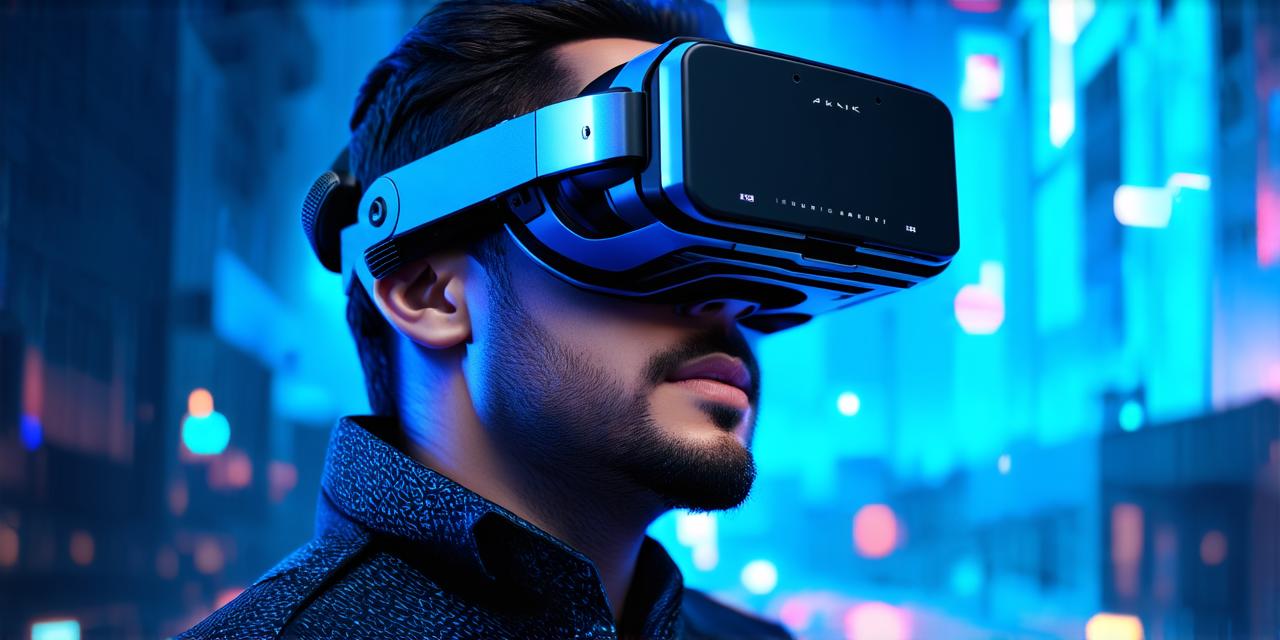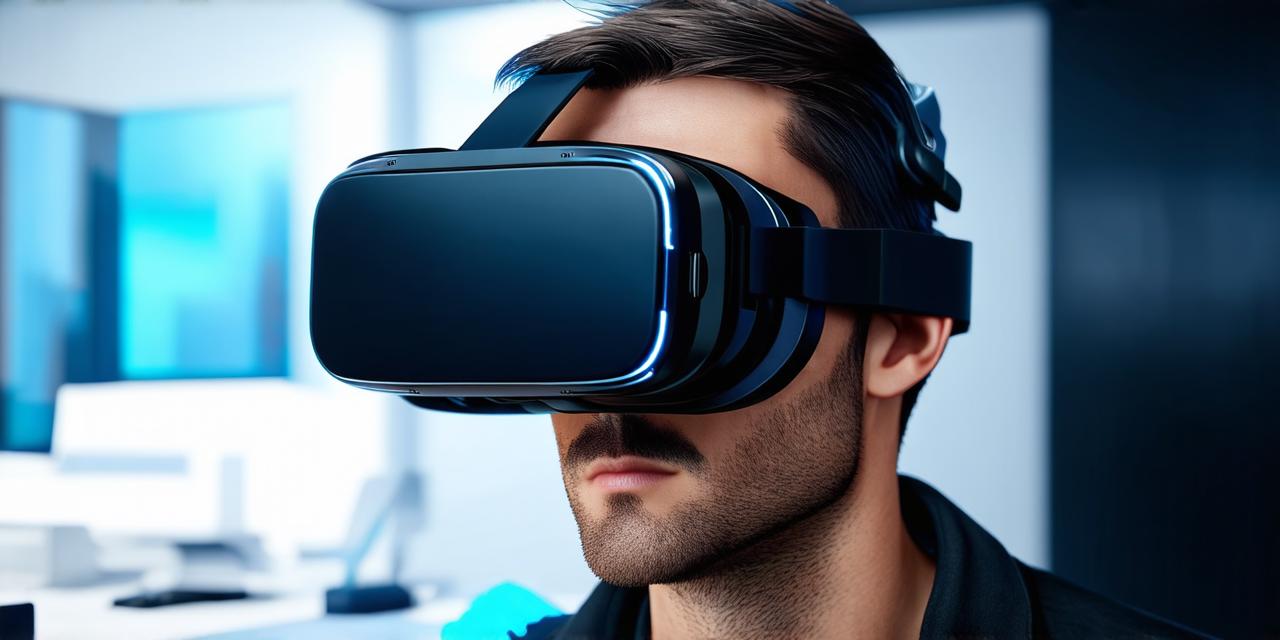Virtual reality (VR) is a computer-generated simulation of a 3D environment that can be interacted with and explored by a user using specialized equipment such as a headset or gloves equipped with sensors. VR technology allows users to experience immersive, lifelike environments in a way that was previously not possible.
Virtual reality is a relatively new technology that has gained popularity in recent years due to its ability to create highly realistic and engaging experiences. It has a wide range of applications, from entertainment to education to healthcare.
One of the main advantages of virtual reality is its ability to transport users to different locations and environments without the need for physical travel. This can be particularly useful for people who have mobility limitations or for those who simply want to experience something new and exciting.
In addition to its immersive nature, virtual reality also offers a high degree of interactivity. Users can explore and interact with virtual objects and environments in a way that was previously not possible. This makes virtual reality a popular choice for entertainment, as it allows users to experience games, movies, and other forms of media in a more engaging and interactive way.
Virtual reality is also being used in a number of other fields, including education and healthcare. For example, virtual reality can be used to simulate real-world scenarios, such as emergency response or surgical procedures, allowing students and professionals to practice their skills in a safe and controlled environment. This can help to improve the quality of education and training, while also reducing the risk of injury or harm to patients.
Overall, virtual reality is a highly versatile and exciting technology that offers a wide range of applications and benefits. Whether you are looking for an immersive entertainment experience or a new way to learn and grow, virtual reality may be just what you need.




